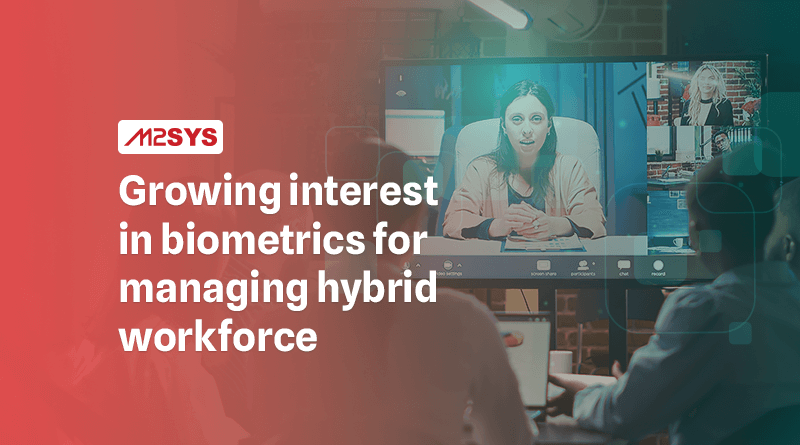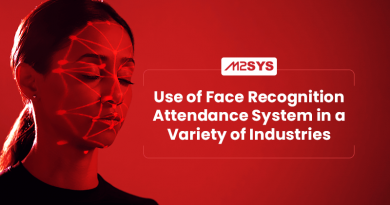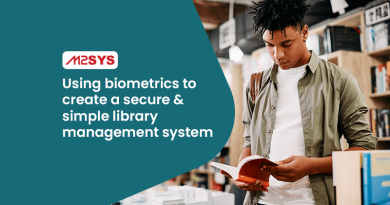Growing interest in biometrics for managing hybrid workforce
Vaccination has helped to get the Covid situation under control. It is time for businesses to call their employees back to work. However, it will not happen on a large scale. In some industries, both employers and employees would prefer to continue working from home or remotely since it provides financial, mental, and long-term benefits to both parties. It also helps businesses hire competent workers who are not close to the office or even from another country.
However, this strategy has many shortcomings in terms of company data security and attendance tracking. As we will see in this article, biometrics may play an important role in accurately authenticating employees working from home or remote locations, protecting data, and much more.
How does biometrics help in the retention of hybrid work?
Biometrics may have a major impact on three areas: access security, remote onboarding, and attendance tracking.
Access security
Companies must share credentials and data over the internet, regardless of whether the task has become remote. Password security is insufficient to protect such data. During the pandemic, cyberattacks on remote employees to steal their credentials rose by 270%. It opens a window to numerous company-related documents and its network.
Biometrics, with its unique authentication method, can help businesses avoid these issues. The issue with passwords is that people use the same password for multiple platforms (for example, social media sites and office documents), thus compromising one will affect all, even the company network. Biometrics can protect against such attacks by allowing employees to use the same fingerprint or face each time they log in.
Remote onboarding of employees
For remote work, it is impractical for an employee from another city or country to visit the office for onboarding procedures. In these situations, HR can virtually meet workers and take photos of them during onboarding to verify the picture submitted with the application. Additionally, the selfie can be used as a template for access security and authentication.
Attendance tracking
Integrating with biometric cloud-based attendance tracking software allows businesses to confirm employees’ actual presence in front of the system during work hours. The system boosts productivity and simplifies payroll processing. Even if they are on opposite sides of the world, this could improve transparency in the employee-HR interaction.
A concluding thought
Biometric authentication is required for hybrid working to survive long. Biometrics has evolved through time to become the most secure and user-friendly authentication method for both online and offline workplace security. This is evident in the biometric module market. It is predicted to grow by 17.8 percent between 2021 and 2026, according to market researchers.
For cutting edge biometric modules of all modalities, contact us: https://www.m2sys.com/contact-us/











